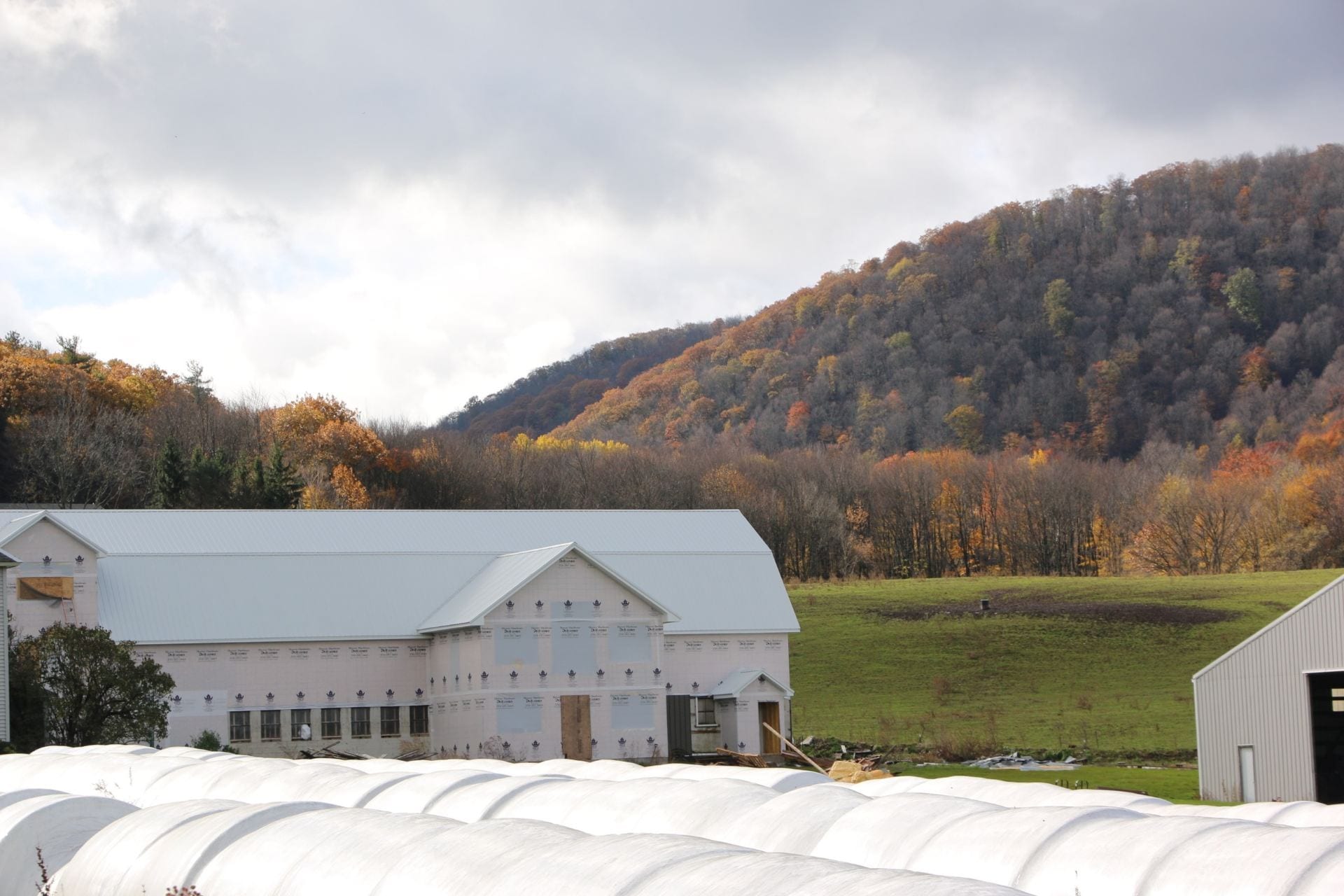In the fall, MRP students accompanied CRP’s Associate Professor of Practice George Frantz in uncovering the land use impacts from natural gas mining in the rural Pennsylvanian agricultural communities of Bradford County. From farmers leasing out parcels of their farmland for drilling, to the state’s substantial impact fees for any form of misconduct committed by the oil industries, Bradford County’s agricultural areas are experiencing new gains in development.

Frantz has been studying this phenomenon since 2008, this journey allowed MRP students to observe how Pennsylvania’s legislation affects mining. For example, unlike many states with natural gas mining operations that allow for compressor stations to be exposed, Pennsylvania mandated that stations match the area’s building typologies. In rural Bradford, the stations masquerade as barns, pictured above and below. The state’s rules also require the compressors’ noise pollution to be minimal.

Joining the team was Avi Gandhi (MRP ’19), who shared her experience below:
“I had heard Bradford County had about two thousand wells and hundreds of drill units, I expected scarring and devastation in the landscape. What I saw instead was large expanse of family farms, windmills in the distance, species of birds I had not seen before. It was a happy surprise to find that Pennsylvania laws regulating hydraulic fracturing were stringent enough to impose heavy impact fee requirements on energy companies, so that any negative damage caused by fracking had to be paid for by the companies carrying it out. This was evident from the smooth condition of roads leading up to drill sites. We saw impoundment facilities, several well pads, and a compressor station. It was a fun fact that well pads are usually located higher up on hilltops rather than valleys, as the bedrock is closer to the surface. It felt like an expedition where we were on a mission to track down an active site. We didn’t find any, but I learned to look for the right clues.”
Originally planned as a trip to document sites with an active mining rig, this objective went unmet because the team was unable to find any rigs. Nonetheless, this experience allowed for the group to reflect on how the mining practices could be further regulated. As planners, we must acknowledge our responsibility in ensuring that the preservation of the natural landscapes is upheld to the highest standards possible. For if we do not protect the environment that we live in, how can we ensure that our population flourishes?
Grant N. Thompson (MRP ’19)

